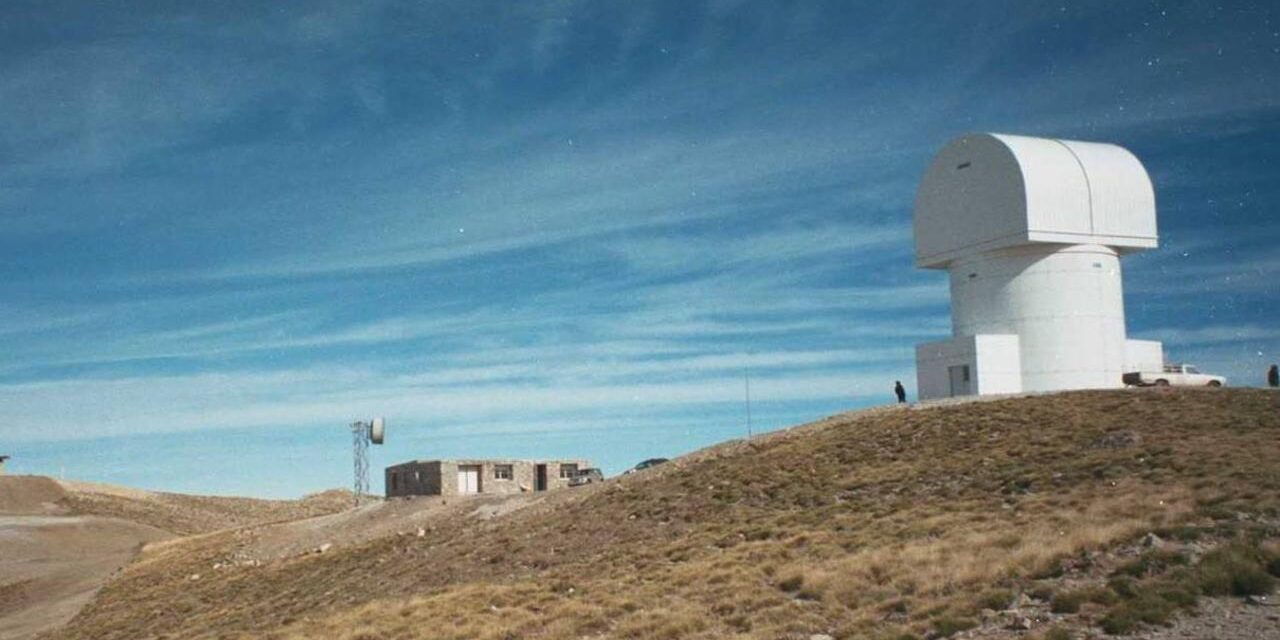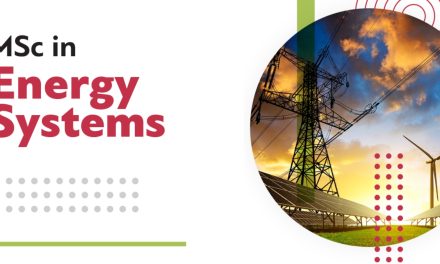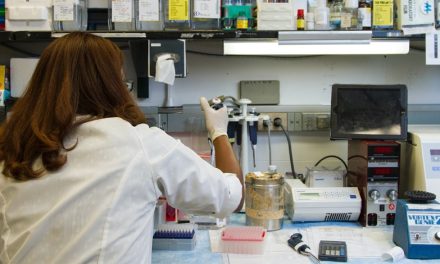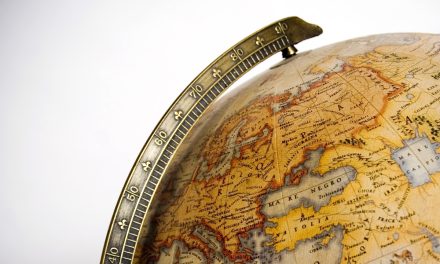Several significant missions involving the participation of the National Observatory of Athens (NOA) are scheduled by the European Space Agency (ESA), while NOA telescopes are the only ones chosen by ESA as a part NASA’s flagship Psyche mission, aiming to create a 300 million kilometer long communication “bridge” in space. What is more, two researchers from NOA’s Institute for Astronomy, Astrophysics, Space Applications and Remote Sensing (IAASARS) Vassilis Amoiridis and Eleni Marinou joined the organizing committee of NASA’s MIRA working group, promotes collaboration between research groups in the fields of monitoring and modeling atmospheric composition.
Professor Manolis Plionis, Director and President of the Board of Directors of the National Observatory of Athens spoke to Greek News Agenda* about the Observatory’s research activities, projects and international partnerships:
The National Observatory of Athens holds the distinction of being the first research center established in modern Greece, with a continuous presence since 1842 and an indisputable contribution to both scientific and societal progress. It holds a pivotal place in driving scientific and research developments across various domains, including Astronomy, Astrophysics, Cosmology, Space Exploration, Atmospheric Physics and Chemistry, Climate Change and Associated Natural Disasters, Energy Studies, Meteorology, Seismology, and Geodynamics.
The NOA has achieved excellence and international acclaim in both basic and applied research, as evidenced by its involvement in leading international scientific missions and collaborations, and the inclusion of its researchers in administrative and scientific bodies of national and international organizations. Furthermore, the organization is focused in developing major research infrastructures, such PANGEA (Panhellenic Geophysical observatory of Antikythera) and NOA-AEGIS (Infrastructure for Security, Protection and Resilience to Disaster Risks), with the objective to study climate change and the protect society, the environment and biodiversity from the threat of natural and man-made disasters. Both projects have received with financial backing from the European Investment Bank, the Recovery Fund, and the Public Investment Program.
What is more, the National Observatory fosters the development of innovation through the scientific services and tools it provides at operational level in Greece, such as:
- monitoring seismicity and possible tsunamis
- real-time satellite monitoring to detect fires;
- recording of burned areas through the FireHub service;
- provision of meteorological forecasts and the continuous monitoring of the weather in Greece through METEO.gr;
- monitoring of atmospheric quality in areas such as the Attica Basin through the YPATIA unit;
- monitoring of solar activity and the provision of automatic forecasts of dangerous solar storms through the Hesperia tool.
Furthermore, NOA is continuously improving the dissemination of scientific knowledge to society as a whole, but also to vulnerable groups, such as people with disabilities and prison inmates.

NOA’s active role in the development of Optical, Photonics & Quantum Communications, the next revolution in Telecommunications
Spyros Vasilakos, Director of NOA’s Institute for Astronomy, Astrophysics, Space Applications and Remote Sensing and Vice President of NOA, spoke to Greek News Agenda* about the development of synergies with space agencies and companies in the field of new space technologies that have led to a new era for IAASARS.
As part of the strategic partnership between IAASARS/NOA and the European Space Agency (ESA), “Aristarchos,” the largest telescope in the Balkans, is to serve as a key element in the development the new technology of optical communications, photonics and quantum communication, i.e. the next revolution in telecommunications that will enable ultra-fast and secure data exchange.
Under the ARTES 4.0 programme, the ESA implemented a dedicated element for optical communications, photonics and quantum communication, called ScyLight (SeCure and Laser communication Technology, pronounced “skylight”). In 2020, “Aristarchos” telescope was selected by ESA to be the first ground station of the European program for the next generation of telecommunications services “fibre in the sky” and for ScyLight.
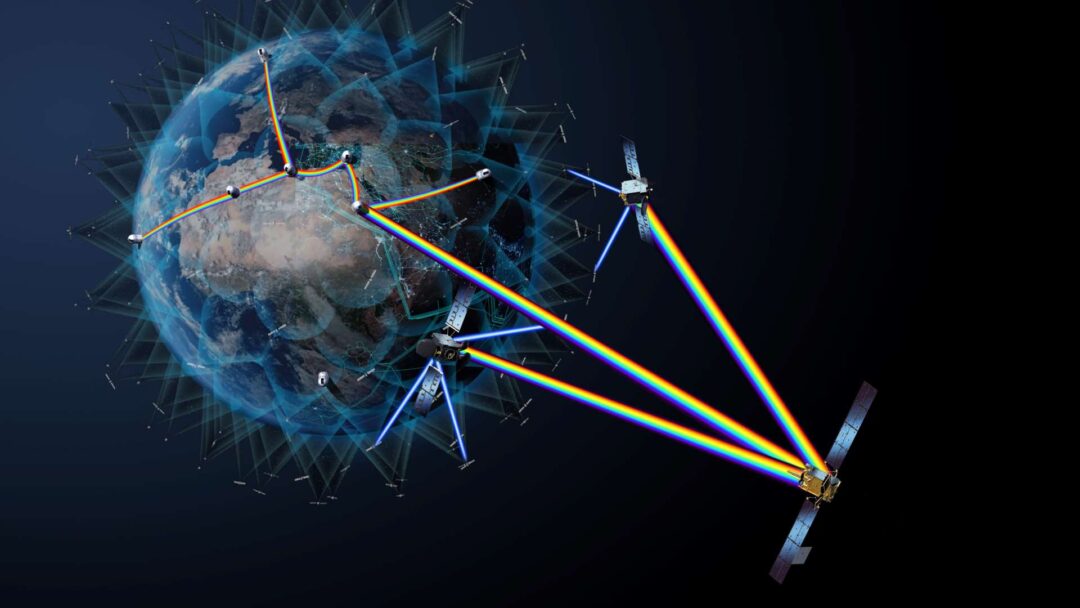
In November 202,1 the first successful optical communication link between “Aristarchos” and the European Satellite took place, paving the way for regular optical downlink activities as well as deep space and quantum communication services. Between 2021-2023, the scientific personnel of IAASARS together with their colleagues from ESA have established several optical links which could potential carry a large amount of information and data making NOA a center of excellence in this area.
Moreover, together with the Greek Research & Technology Network (GRNET) and other partners from Greece, IAASARS is actively participating in the European Quantum Communication Infrastructure (EuroQCI), an initiative that aims to build a secure quantum communication infrastructure that will span the whole EU, including its overseas territories.
In other international collaborations, as part of NASA’s Psyche mission, IAASARS telescopes are the only ones chosen by ESA to participate in the flagship mission aiming to create a 300-million-kilometer-long communication “bridge” in space. This novel deep space experiment is expected to take place in January 2026.
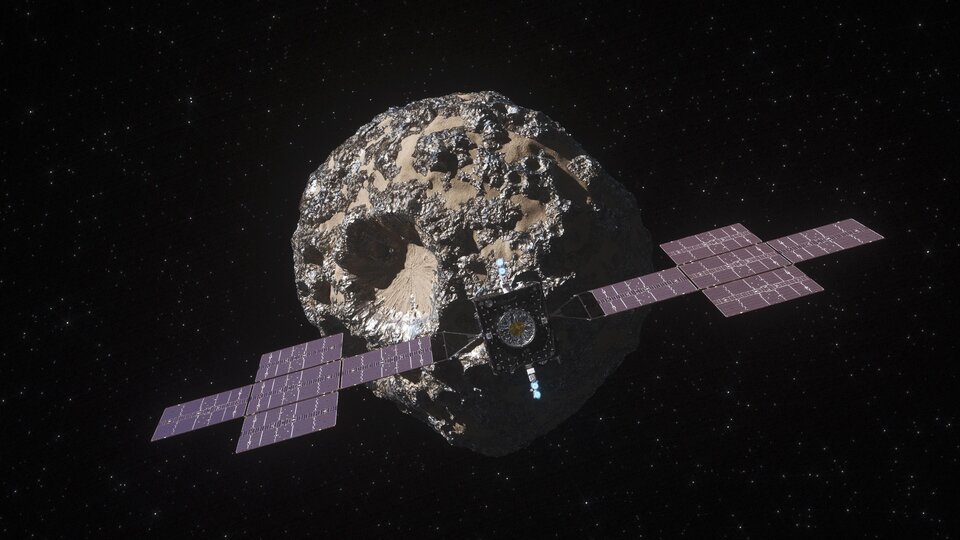
Moreover, IAASARS/NOA is participating as a key panther in the Greek-French synergy (IAASARS/ Hellas Sat and French Space Agency/Thales Allenia) on the development of an optical communication payload for the upcoming mission to be embarked on the future Hellas Sat 5 satellite, operating in geostationary orbit at 39° East. The project plans to provide communication services with high data rates and to connect the Optical Ground Station of the National Athens Observatory in Greece, Optical Ground Stations in France, Optical Ground Stations of ESA and Thales Alenia Space’s LEO HydRON telecommunication satellite.
In a nutshell, the active role of IAASARS via “Aristarchos” telescope in these iconic projects, places Greece in the world map of new space technologies, namely photonic and quantum communications, while NOA becomes a key actor and provider of relevant services at a global scale.
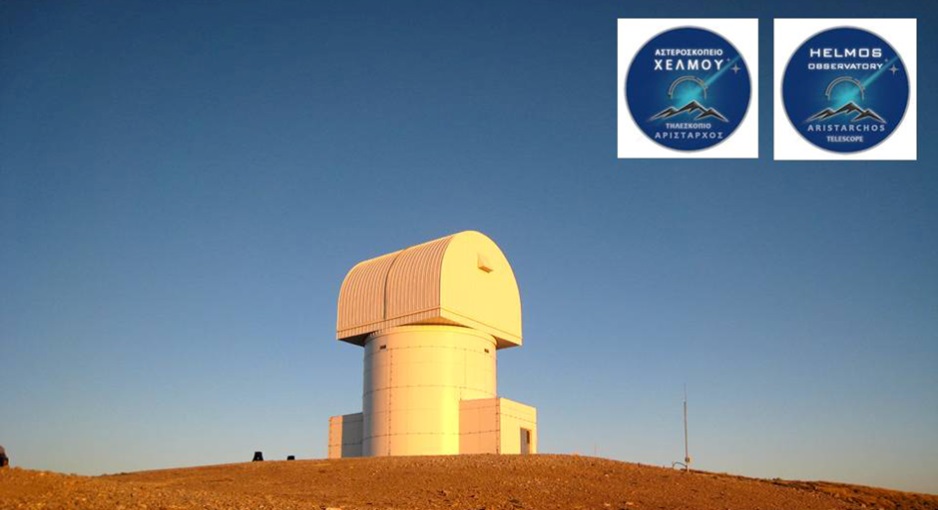
Earth Cloud Aerosol and Radiation Explorer (EarthCARE) satellite mission
Τhe ESA’s “EarthCARE” mission, in which the National Observatory of Athens has a pivotal role, has the aim of understanding the interaction between clouds, aerosols and radiation, in the Earth’s atmosphere and ultimately provide us with a better forecast of weather and climate conditions. To this end, the EarthCARE earth observation satellite, a joint venture between ESA and the Japan Aerospace Exploration Agency (JAXA), is programmed to be launched in May.
The satellite will investigate the role that clouds and aerosols play in reflecting solar radiation back into Space and trapping infrared radiation emitted by the Earth’s surface, in order to better understand the evolution of Earth’s temperature. “One of the biggest problems we have to solve in climate research is clouds. The numerical models we use for weather forecasting and climate projections suffer from our inability to accurately represent how clouds form and evolve over time. This is due to our limited understanding of the physical processes that govern the interactions among particles, clouds, and radiation. EarthCARE is the first satellite that will simultaneously provide us with all the necessary information from Space to decode unknown atmospheric processes that will improve forecasts”, explains to Athens-Macedonian News Agency the research director of the Institute of Astronomy, Astrophysics, Space Applications and Remote Sensing (IAASARS) of the National Observatory of Athens, Vassilis Amoiridis.
IAASARS will play a significant role in the mission by designing and implementing the ACROSS experiment for ESA. The primary aim of this experiment is to calibrate and validate EarthCARE observations. Leveraging its expertise in ground-based atmospheric monitoring techniques, IAASARS will execute the experiment. Scheduled for 2025 and 2026 in the Mediterranean, the experiment will focus on three locations in Greece: Athens, Thessaloniki, and Antikythera. Collaborating institutions include the German Aerospace Center (DLR), the LATMOS Laboratory for Atmospheric, Environmental and Space Observations at the University of Paris, and the British research laboratory FAAM, along with researchers and instruments from various British universities. Additionally, NASA has expressed interest in participating in the experiment
“The reason we have chosen the Mediterranean for the experiment is because it is a crossroads of air masses, with transport of smoke from forest fires in the Mediterranean, desert dust from Africa, volcanic ash from Etna, but also anthropogenic and marine particulates. In addition, we will focus on the observation of extreme phenomena, such as Mediterranean cyclones, in order to study the mechanisms that influence their evolution”, points out the special scientist of the Observatory and the person in charge of the experiment, Eleni Marinou.
ESA’s goal is within the first 45 days of the satellite’s launch in May to have the final validation tests of the satellite’s data made available immediately to users. EarthCARE’s measurements are expected to be very accurate and this is the focus of the mission, as they will then be widely used in forecast weather models by the European Center for Medium-Range Weather Forecasts (ECMWF).
IAASARS’ research director, Vasilis Amoiridis further elaborates for Greek News Agenda:
The EarthCARE mission will provide us with high-value data for studying the complex processes governing the interactions between atmospheric particles, clouds and solar radiation. This information will significantly improve our knowledge and, by extension, our ability to represent the atmosphere with mathematical models (e.g. meteorological and climate models).
For this reason, the mission is monitored by the European Center for Medium-Term Weather Forecasts (ECMWF), which has undertaken, in collaboration with the ReACT/ IAASARS team of the National Observatory of Athens, the assimilation of the new satellite data into the European model and into the services of Copernicus Climate Change Service (C3S) and Copernicus Atmosphere Monitoring Service (CAMS).
The real-life applications of the EarthCare mission, therefore include improving our ability to provide better meteorological and atmospheric composition forecasts. By extension, these applications will improve decision-making in areas related to the European Green Deal (health, renewable energy sources and climate change adaptation issues).
At the same time, EarthCARE contributes significantly to the development of new technologies related to environmental monitoring, as it applies for the first time hyperspectral lidar and cloud radar techniques in space. The high technological standards of EarthCARE have also influenced the Greek innovation ecosystem, where the high-tech company Raymetrics has participated in collaboration with the ReACT/ IAASARS team in the development of an EarthCARE twin on the ground, to verify the satellite data.
The global research community is awaiting the launch of this very important European satellite mission, expected at the end of May!
* Interview to Ioulia Livaditi
Read also from Greek News Agenda:
- Libre Space Foundation: from Athens to outer space
- Interview with Dr Anezina Solomonidou, Scientific Expert at the Hellenic Space Center
TAGS: INNOVATION | RESEARCH | SPACE

